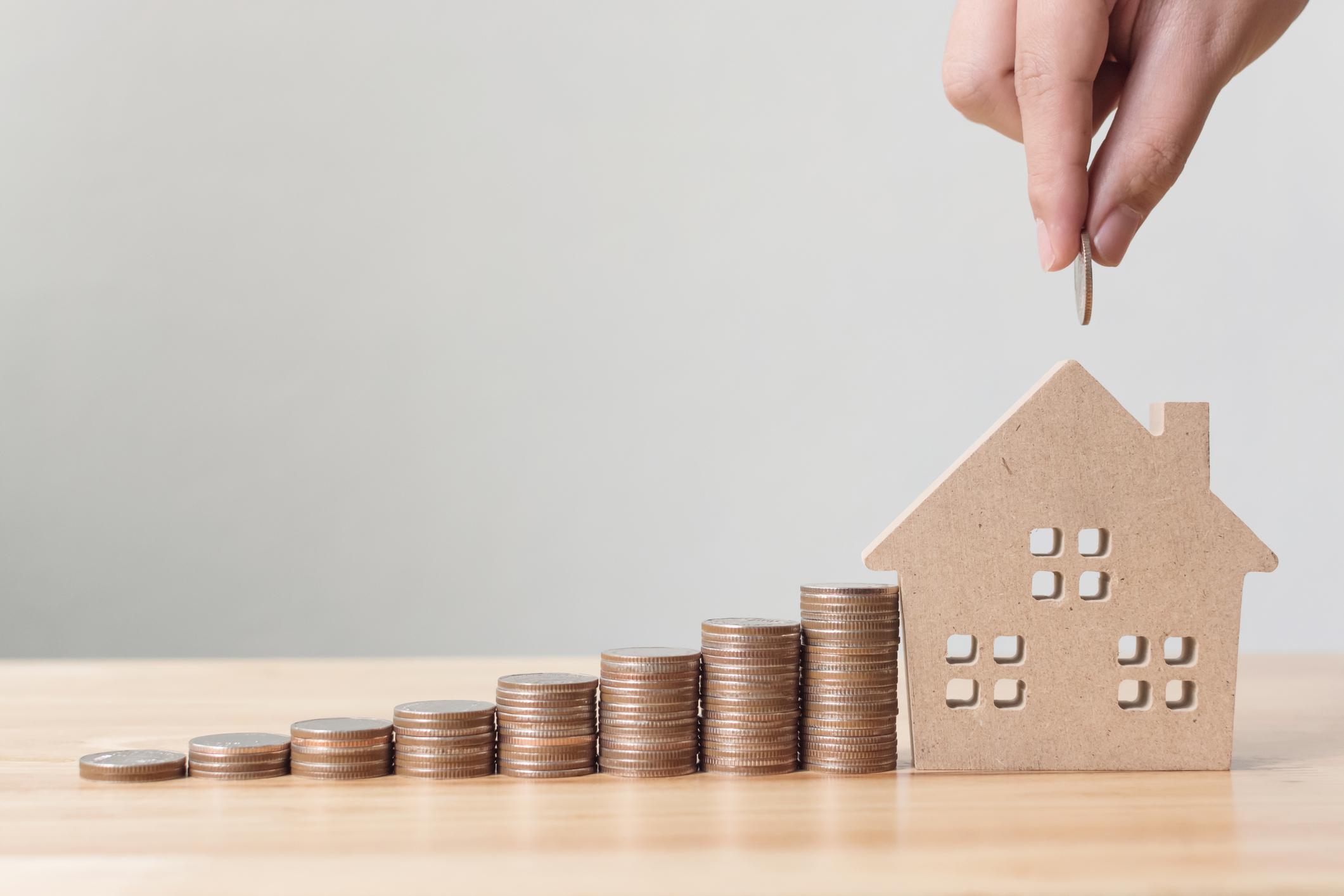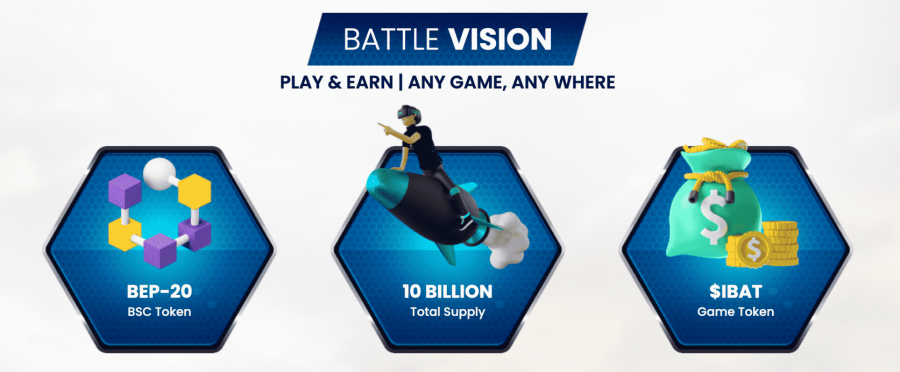With mortgage rates still stubbornly high, it’s unlikely that you’ll be able to save money with a refinance right now. However, you can prepare for a potential refinance by getting familiar with refinancing home requirements, such as how much home equity you’ll need to refinance your mortgage.
Home equity and LTV
Home equity is the cash value in your home. For instance, if your home is valued at $300,000 and you owe $200,000, your home would have $100,000 of net equity. If you don’t have enough home equity, private mortgage insurance, or PMI, may be required. This is a type of insurance borrowers pay to protect the lender in the event the borrower defaults on the loan.
Lenders also look at your loan-to-value (LTV) ratio when deciding whether to approve your refinance application. LTV is an expression of how much money you’re borrowing compared to to the value of your home. Using the example figures above, the LTV is 66.7 percent.
How much home equity do I need to refinance my mortgage?
It depends on the type of mortgage refinance that you choose. Here’s how the different kinds compare.
Conventional refinance
For conventional refinances (including cash-out refinances), you’ll need at least 20 percent equity in your home to avoid PMI. This also means you need an LTV of no more than 80 percent. You can use Bankrate’s LTV calculator to find out your ratio.
FHA and VA refinances
For FHA cash-out refinances, mortgage lenders prefer borrowers have 20 percent equity remaining after the refi. Through a VA cash-out refinance, you can access up to 100 percent of your equity.
Refinances for low- to no-equity mortgages
For those who are underwater on a home loan (in other words, you owe more than the home is worth) or have little to no equity, there were two programs, the Freddie Mac Enhanced Relief Refinance Mortgage and the High LTV Refinance Option from Fannie Mae, designed to help. Both of those programs have been temporarily suspended.
An alternative for homeowners who may be underwater on their mortgage is paying down the amount owed with a personal loan, says Joseph Polakovic, owner of Castle West Financial.
“A homeowner could take out a personal loan and pay into their home to a point where they have enough equity to conduct the refinance,” explains Polakovic.
After paying down the mortgage and conducting the refinance, the homeowner might consider applying for a home equity line of credit (HELOC) on the home and using the funds to help pay off the personal loan, suggests Polakovic.
“Ultimately, this would lower their effective borrowing interest rate, as they would have brought down the interest rate and loan amount on their home from the refinance,” says Polakovic.
Bear in mind that economic uncertainty can make it difficult to get a personal loan unless you have good credit. Overall, this option requires understanding exactly how much new debt (in the form of the personal loan) you can take on while still falling below the maximum debt-to-income allowed for a refinance. If you’re unsure about any of this, consult a financial advisor before proceeding.
Bottom line
Generally, you’ll need 20 percent equity or more to complete a cash-out refinance. If you’re hoping to refinance with no equity, you could consider taking out a personal loan to pay down your mortgage and increase the equity you have in your home. Either way, make sure to talk with a financial advisor before making a refinancing decision.





